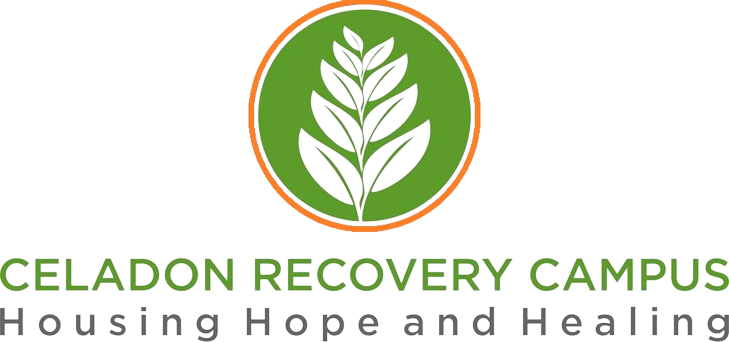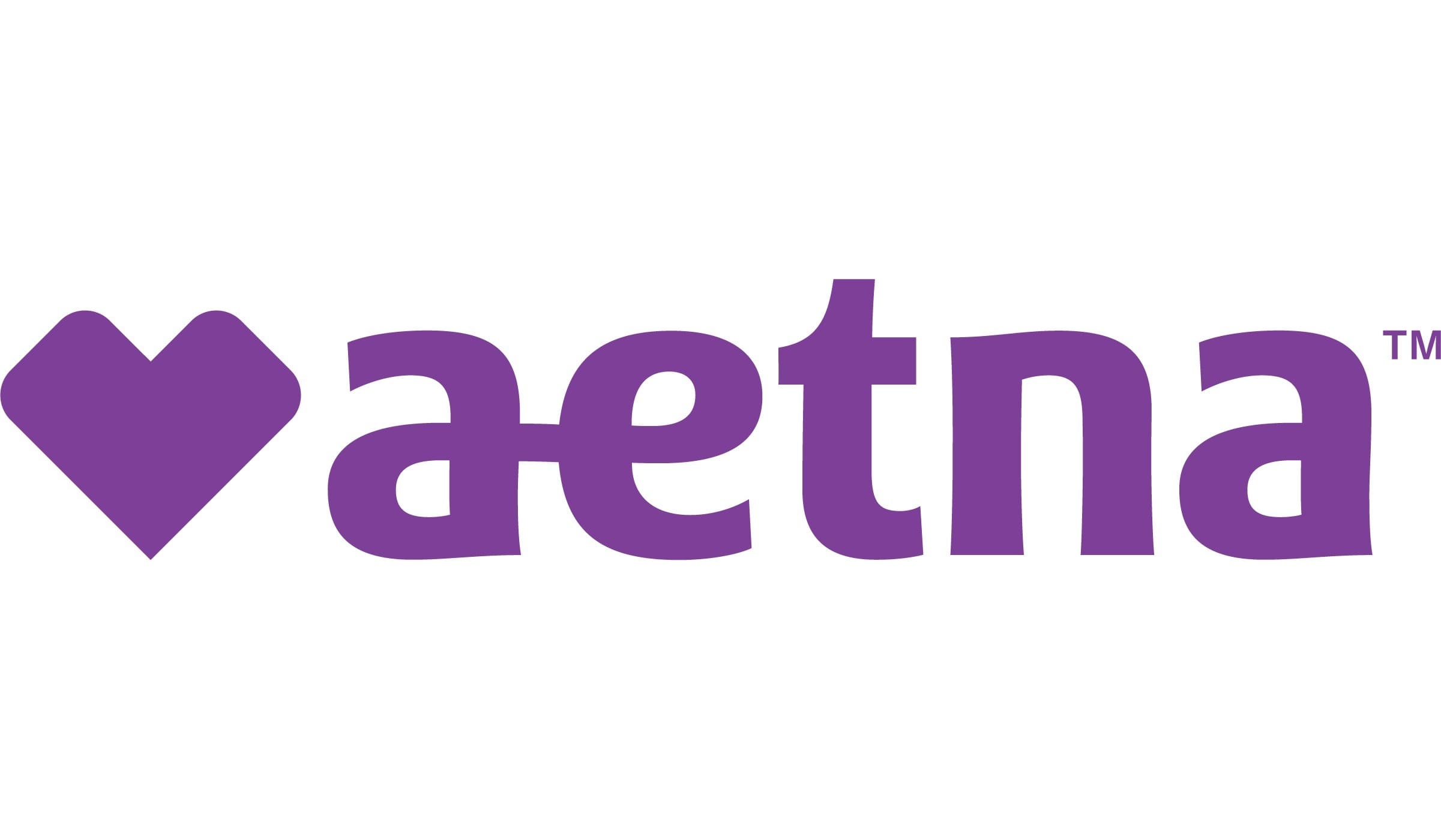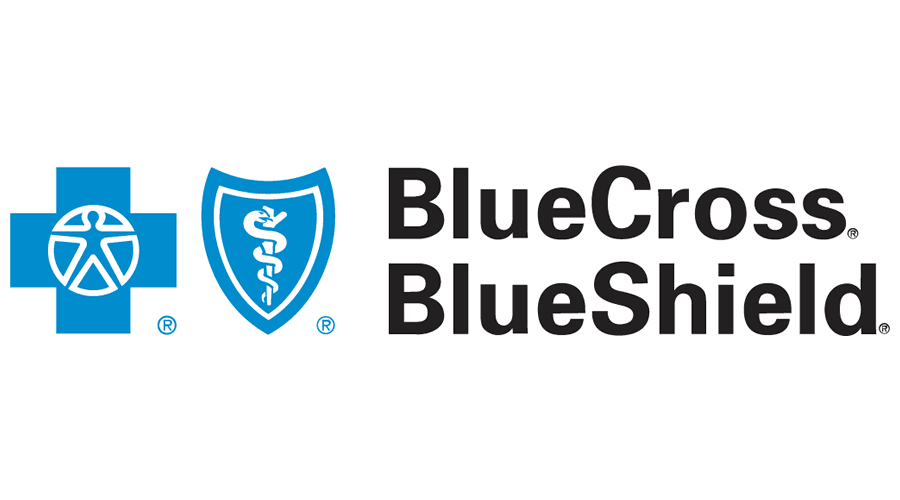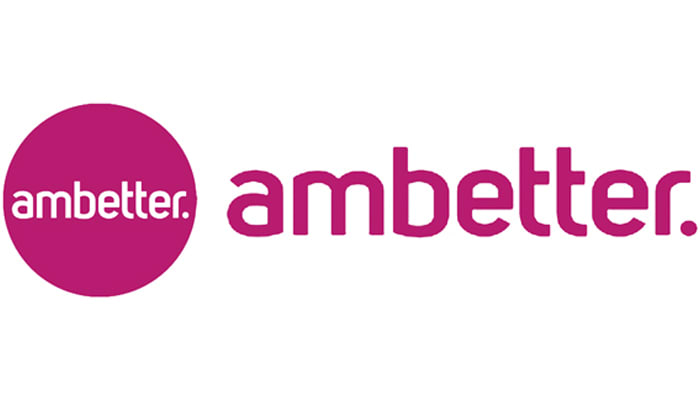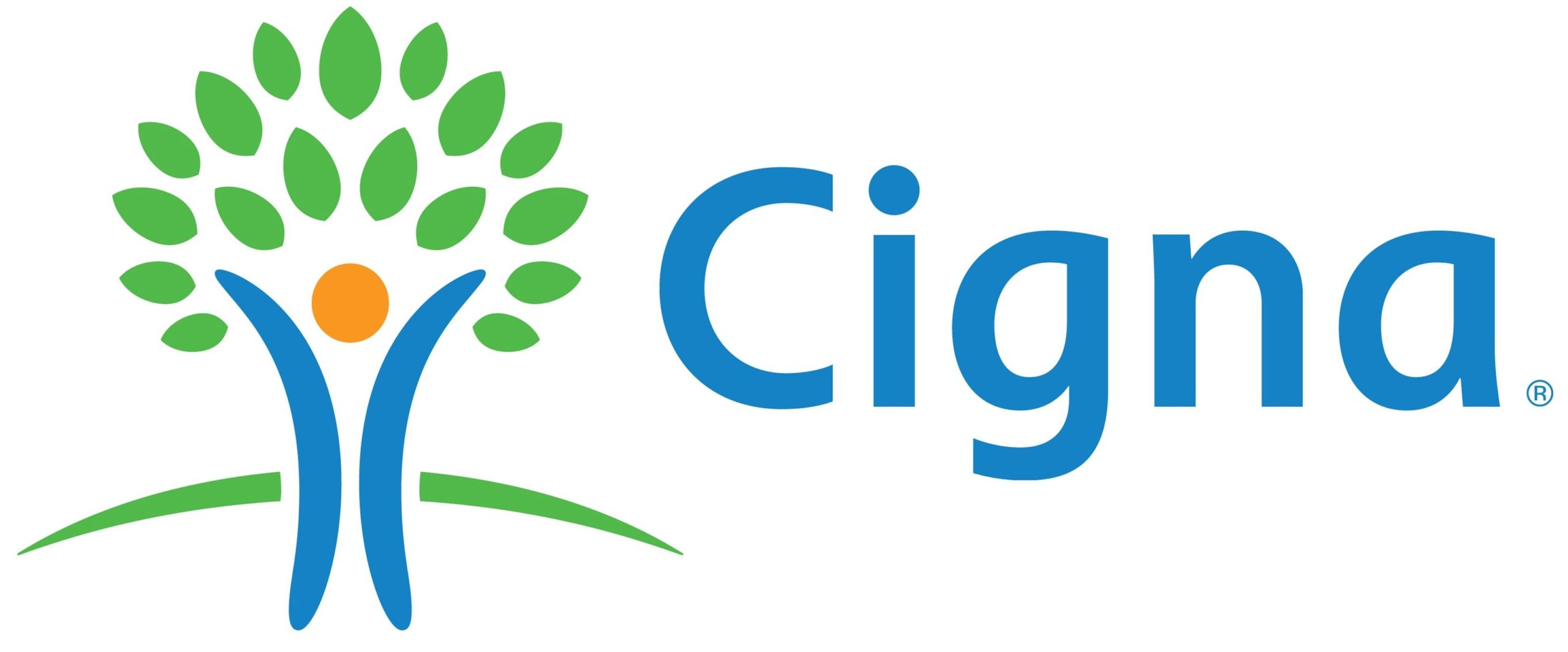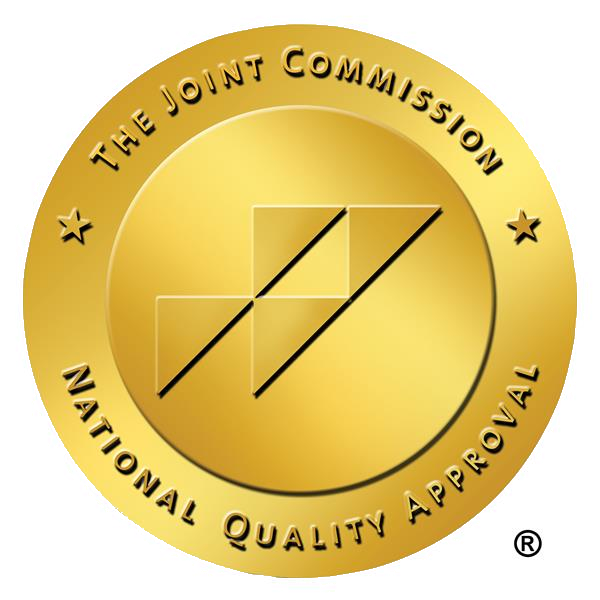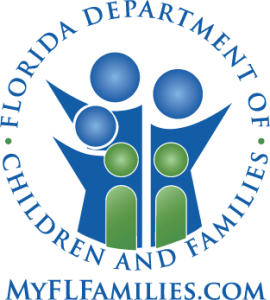Opioid Addiction Treatment
Opioids are among the most addictive substances in the U.S. There are millions of prescriptions written every year, with many individuals developing an addiction to their prescribed doses.
Getting help for opioid addiction is intimidating and hard for some people to do when they don’t recognize how deep their addiction is.
In this guide, we’ll cover what opiate addiction is, how to recognize it in yourself or a loved one, what to do if an overdose occurs, and how to get treatment for the addiction.
Types of Opiates
Opiates are prescribed for a wide range of medical needs but there is two main classifications of this type: antagonists and agonists. Antagonists are considered to be one of the less addictive types, though the potential for abuse is still present. Agonists mimic the effects of naturally occurring endorphins in the body and produce opiates by interacting with specific receptors in the brain. Many substances in this category have a very high potential for abuse and addiction
What are Opiates?
Opiates are chemicals commonly used in painkillers such as morphine, codeine, and opium. Opiates are also the main ingredient in heroin. These chemicals are derived from a natural source: the poppy plant.
Opiates are narcotics that slow your central nervous system and respiratory processes, which is why the chemical compound is used in anesthesia.
Opiates vs Opioids: What's the Difference?
While opiates and opioids have similar compounds and effects, some key differences are important to note. Both are used in many medical treatments and anesthesia.
Opiates are derived from a plant source, whether it’s poppy fibers or poppy sap. Opiates are the main chemical ingredients in heroin, codeine, morphine, and opium.
Opioids are chemicals synthesized in a lab by unnatural means. Common medicines containing opioids include Vicodin, Percocet, Imodium, and many over-the-counter cough medicines.
Prescription Opioids & Illicit Use
The most common way that people become addicted to opioids is through prescription use. Prescription painkillers such as hydrocodone, oxycodone, methadone, and fentanyl are given to patients suffering from chronic pain, and over time these patients rely on the opioids to feel normal.
The longer someone uses an opioid, the more of a tolerance they’ll build. Once you’ve developed a tolerance, it takes higher doses to feel normal. This often drives people to opioid use disorder (OUD).
Once someone can no longer receive a painkiller prescription, they tend to look for illegal ways to experience the same high they felt while on prescription medication. Opioids such as heroin and illegally-obtained pills are the illicit drugs of choice for many people with opiate substance abuse.
Signs and Symptoms of Opioid Abuse
Like many other addictions, opioid abuse results in a wide range of symptoms that affect people physically, mentally, and psychologically. Some of the signs and symptoms of opioid dependence include:
- Experiencing cravings
- Excessive sweating
- Withdrawal symptoms when not using
- Chronic constipation
- Gastrointestinal discomfort
- Nausea
- Slowed or shallow breathing
- Slurred speech
- Feeling spaced out
- Increased pain sensitivity
- Paranoia
Opioid Overdose Symptoms & What to Do
Recognizing the symptoms of an opioid overdose is the best way to get someone help as quickly as possible.
The most common symptoms of opioid or opiate overdose are:
- Slowed breathing
- No breathing
- Small “pinhole” pupils
- Loss of consciousness
- Unresponsiveness
- Faint or no pulse
- Blue or purple skin from respiratory failure
The first and most important thing to do if you recognize yourself or someone else overdosing is to call 911 to get medical professionals en route.
From there, you can perform mouth-to-mouth or CPR if needed. If you are trained in administering Narcan or naloxone and have the ability to do so, you should do it at this time and then inform the emergency medical team how much you gave the patient once they arrive on the scene.
Narcan and naloxone block opioid receptors in the brain, essentially stopping a person from overdosing.
Opioid Treatment Options
No matter what treatment plan you decide to go with, receiving proper medical detox is crucial. Medical detoxification allows you to get through withdrawal symptoms safely.
Inpatient treatment centers give around-the-clock medical treatment from healthcare professionals. These professionals help treat all aspects of addiction, including physical health, behavioral health, and mental health.
Outpatient treatment allows you to receive treatment without being admitted to a treatment facility. With outpatient treatment programs, people can seek therapy and help from their healthcare providers.
The Substance Abuse and Mental Health Services Administration (SAMHSA) recommends that people struggling with severe physical dependence on opioids use medication-assisted treatment options such as suboxone, methadone, and buprenorphine to treat opioid addiction.
Support groups such as Narcotics Anonymous also help provide recovering addicts with the confidence and resources needed to continue their recovery.
Give us a call anytime day or night:
Give us a call anytime day or night:
